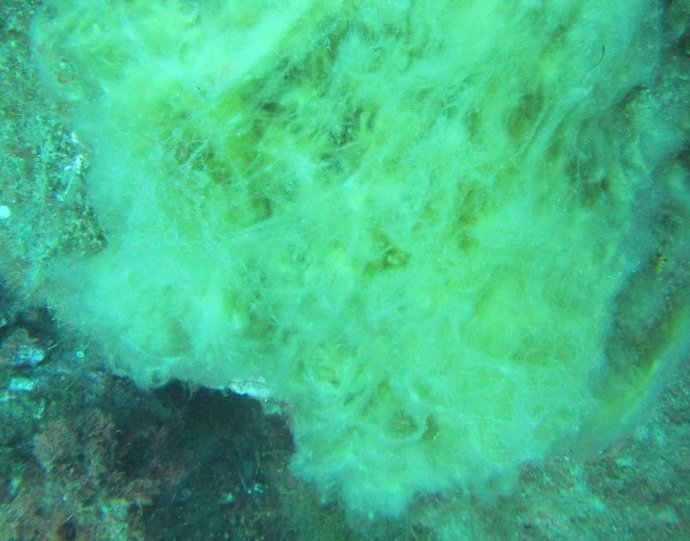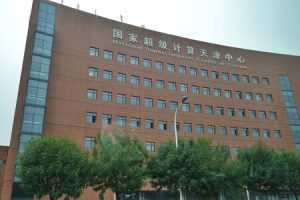Pelagophyceae algae – WIKIPEDIA
June 11 () –
A common type of ocean algae plays an important role in the production of a massively abundant compound which helps cool the Earth’s climate.
The findings of the study by the University of East Anglia (UEA) and the Ocean University of China (OUC), which are published in Nature Microbiologycould change our understanding of how these tiny marine organisms impact our planet, according to the authors.
The team identified the bloom-forming algae Pelagophyceae as potentially abundant and important producers of a compound called dimethylsulfoniopropionate or DMSP.
Co-lead author Professor Jonathan Todd, from UEA’s School of Biological Sciences, said: “The Pelagophyceae are They are among the most abundant algae on Earth, although they were not previously known to be important producers of DMSP. “This discovery is exciting because DMSP is an abundant anti-stress compound, a food source for other microorganisms, and a major source of climate-cooling gases.”
THE SMELL OF THE BEACH
Each year, marine microorganisms produce billions of tons of DMSP in Earth’s oceans, helping them survive by protecting themselves against various stresses such as changes in salinity, cold, high pressure and oxidative stress. It is important to highlight that DMSP is the main source of a climate-active gas called dimethyl sulfide (DMS), which is known as beach odor.
This study suggests that DMSP production, and consequently DMS release, is likely higher than previously predicted and emphasizes the key role of microbes in regulating global climate. DMS also acts as a signaling molecule, guiding marine organisms to their food and deterring predators.
When DMS is released into the atmosphere, the oxidation products of DMS help form clouds that reflect sunlight away from Earth, effectively cooling the planet. This natural process is essential for regulating the Earth’s climate and is also very important for the global sulfur cycle, since it represents the main route by which sulfur from the oceans returns to land.
UEA and OUC established the Sino-UK Joint Research Center to promote cutting-edge research and teaching in marine and ocean sciences. Dr Andrew Curson from UEA was a key member of the team that identified the new enzymes responsible for DMSP synthesis in various bacteria, photosynthetic cyanobacteria and algae. Dr Curson said: “The identity of these enzymes allowed our team identify Pelagophyceae as potentially abundant and important producers of DMSP”.
Co-lead author Professor Xiao-Hua Zhang, from OUC’s School of Marine Sciences, added: “By identifying the enzymes involved in DMSP production, scientists can better understand and predict the behavior of these climate-altering algae. ecosystem and form brown tides and their impact on global climate change. This study has also raised questions about other unidentified versions of the enzymes needed to produce DMSP, or completely different pathways to produce it that are currently unknown.
The researchers say more studies of the Pelagophyceae algae in their natural environment are needed, as well as more detailed studies on other marine organisms. Better measurements of ambient DMSP levels, production and decomposition rates, and the abundance of enzymes involved in DMSP production They are also essential to continue advancing in the field.















Add Comment